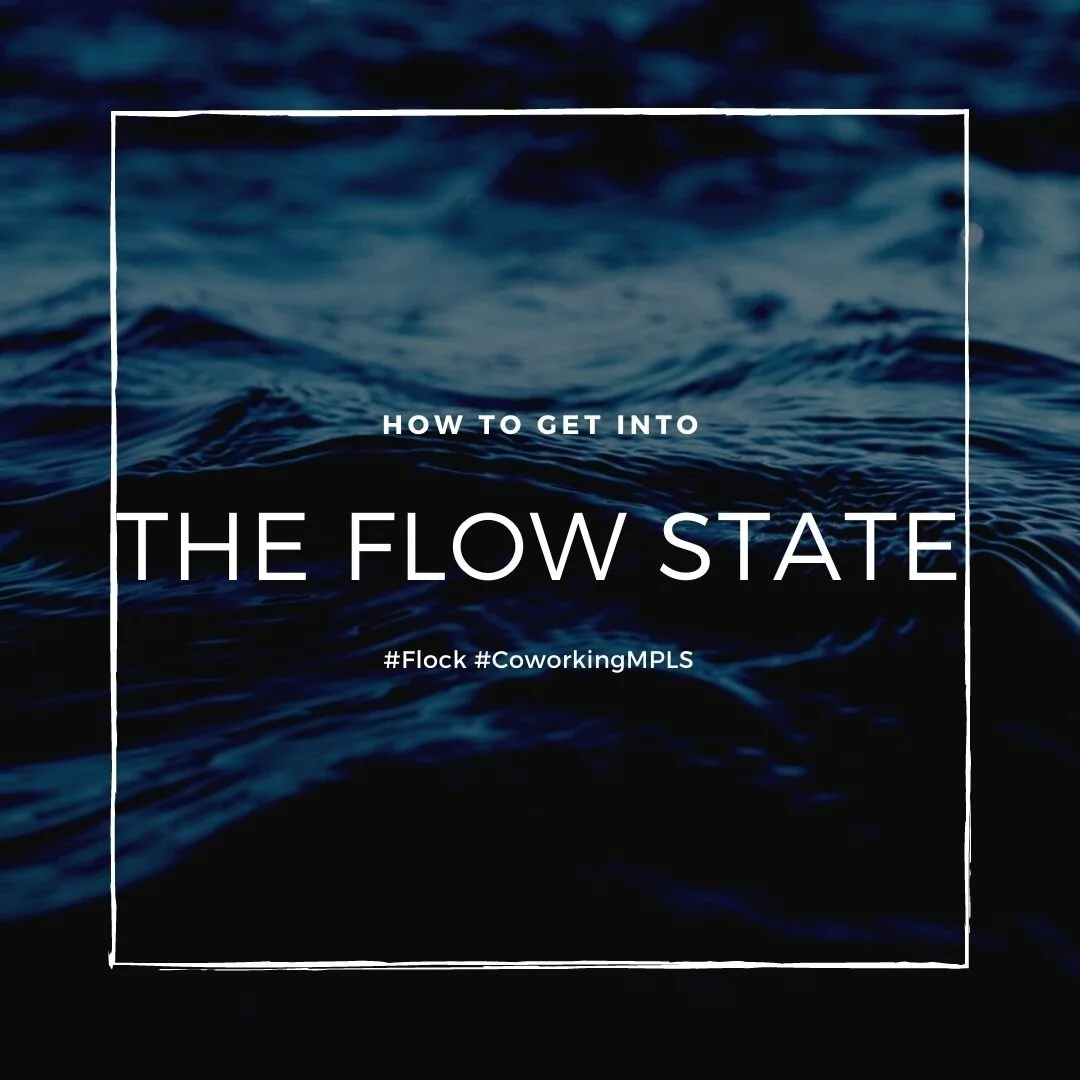What is the flow state, and how to get there?
What Is Flow?
Flow is the same thing as the groove. It's that feeling when you get when you are in your element, and nothing is distracting you, and you are just working. Time is slipping by as the object of your work is manifesting itself consistently.
Many artists and production workers will talk about the flow state as when they are in their prime. Many managers and business professionals write and talk about creating an environment with which your workers can reach 'flow.'
To say the flow state is an important aspect of creation is a bit of an understatement; it is the highest currency in the artisan fields.
Why you Shouldn't Let Flow Intimidate You
While flow can certainly be elusive and everyone has had a sense of "I'm not feeling it today," it doesn't mean it should be something that you need to let intimidate you.
Without getting too abstract or armchair psychologist, the flow state is almost like a marriage between your superego and your id where your creative and structural sides are meeting to produce something that is from you.
With that in mind, I'm going to presume the perspective of me in my flow states which typically involves writing, so I'll go into detail a little bit about my processes. Every person is different, but these have made noticeable differences in my performance.
My Process to getting into a Flow State
1) Remove Clutter and Distractions
I don't like subscribing to the notion that a cluttered desk is a cluttered mind because I think it isn't very reasonable. I have plenty of ornaments and pens, and papers on my desk for their various utilities.
But my biggest pet peeve will be my monitors and my cell phone predominately. Since your brain is going to try and escape something that is productive, it will find plenty of reasons to avoid it. The T.V; the newest text message on your phone, the dirty dish that now you decide needs to be cleaned.
So I like removing those from view so I can focus on the blank, all-white word document on a background of apps in dark mode.
2) Headset with Music
I was close to writing noise because for me, I need a lot of lo-fi beats and minimal word usage because a good hook will get caught in my head and end up on the page.
But having a headset, I think in itself, is kinesthetically triggering and isolating. You are removing yourself from the sounds of what is going on around you and instead injecting an artificial soundtrack that might even accentuate what you're working on.
I do recommend the playlist 'lofi hip hop radio' as it always has a good flow and progression to it.
3) Stimulant and Mixer
Alcohol not included.
My combo as of late has been caffeine and water. Most often, it is having coffee and a club soda (in two separate containers, of course.) That way, I can sip on what I'm feeling in the moment; if I'm feeling a little slow, I'll take the coffee, and if I need a tide over, then I'll do some club soda too.
If you are the kind of person who likes snacking while eating, more power to you, I'm not a fan of it for a few reasons. I always feel like food leaves a residue or can cause crumbs, forcing you to leave the space you are locking yourself into.
If I'm working on some of my fiction and not work-related articles, I will pour myself a drink as well, but it is an additive, so I will have three drinks next to me and not replace the water or stimulant.
4) Medium and Isolation
Once you've set up your space, you need to set up your medium. As I said before, I like having all-black backgrounds (typically achieved with my dark mode chrome and a white Wordpad. This helps me stay focused on the singular thing.
Next, I have a set of people that I regularly talk to; if I know I'm going to try and knock out an hour or two, I'll tell them that I am writing, and it's pretty much a given to expect me to be unreachable for a bit.
Now that partition is primarily one of privilege, I write for my job, and everyone that I talk to knows that I try to push for this flow state, and to be able to take an hour or two to focus on my art is lucky.
But when I was getting started, typically, my article writing was something I did in stages; when I was working at a coffee shop, I would outline my work and the points I wanted to hit on my ten-minute break, then speed eat my lunch and be able to knock out the first draft during the last 20 of my half-hour lunch break.
So you can work within your parameters, but you just have to work with what you've got.
5) Settling and Not Forcing
I like setting arbitrary points to let up on that I can ignore if needed. So if I'm setting up a 2-hour section of work, then I will make a stand-up and walk around the moment about fifty minutes in, and if I feel like tapping out there, I will.
Effectively we are trying to create something here, so if you are worried that you are forcing the work, it might feel that way to the audience as well, and you might need to give yourself a break instead.

